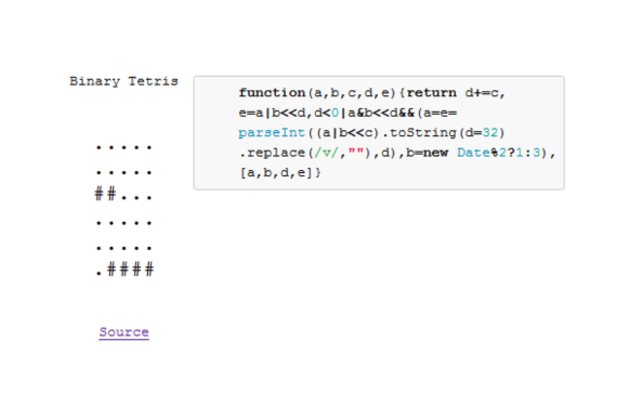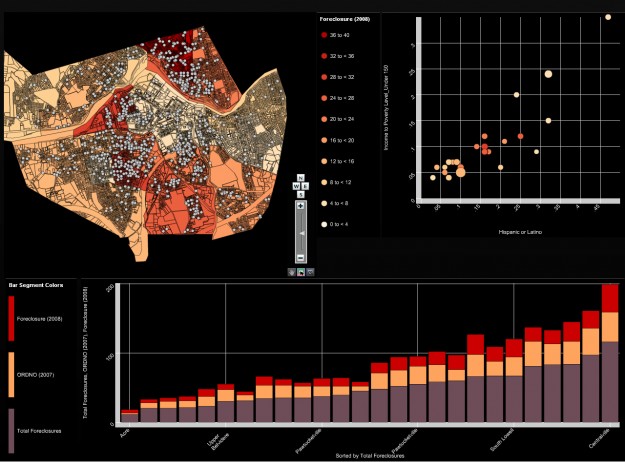Flurry
The Super Bowl is an American phenomenon, now largely considered a de facto American holiday. As the premier media event, it regularly attracts record-breaking audiences. This year, Super Bowl XLVI, played on February 5, 2012 between the New York Giants and New England Patriots, became the most watched television program in history, drawing an audience of 111 million viewers according to The Nielsen Company. Prior to this, the record was held by last year’s Super Bowl, which itself had overtaken the number one spot held for twenty-eight years by the final episode of M*A*S*H.
The Second Screen
Also breaking new ground this year was the concept of the "second screen," which illustrates that while watching TV (the first screen), people often interact with second screens such as smartphones and tablets. To avoid losing attention paid to the first screen, marketers increasingly are exploring ways to complement the first screen experience with the addition of hash tags, QR codes, voting and more. Among the most ambitious was Shazam, a music and media discovery service, which worked with ad partners such as Toyota, Best Buy, Pepsi, Bud Light and Fed Ex to drive additional second screen interactions related to advertising via the Shazam mobile app. During the halftime show, for example, viewers could get the setlist, buy music and download mobile apps from the artists. Shazam reported millions of audio tags as a result.
Aside from a handful of innovators like Shazam, Flurry believes that the second screen is still largely more disruptive than complementary. If a consumer is not paying attention to the television program in front of her, she is likely using an application to post social updates or play games. For example, if a Super Bowl ad isn’t holding a viewer’s interest, playing another round of Words with Friends is a likely activity. Monitoring app usage provides Flurry the ability to understand this tightly-coupled, inverse relationship between the first and second screen.
Massive Second Screen App Audience
For this report, Flurry tracked U.S. app usage, per second, over the course of Super Bowl XLVI, mapping application session starts to each television spot aired, game time segment, the halftime show, and more. We further studied behavior differences between males versus females. With Flurry Analytics in over 160,000 applications, the company detects app usage on more than 90% of all iOS and Android devices per day. Let’s start by comparing the size of the U.S. application using audience to Nielsen’s report of the number of people who watched the Super Bowl last Sunday.

The left-hand column shows the number of users Flurry estimates launched applications in the United States between the hours of 3:15 PM PST to 7:15 PM PST on Sunday, February 5. During this four-hour window, in which the Super Bowl was played, Flurry estimates that nearly one-third of the U.S. population used an application. Compared to Nielsen’s estimate that 111 million people watched the Super Bowl this year, the two audiences are similar in size.








